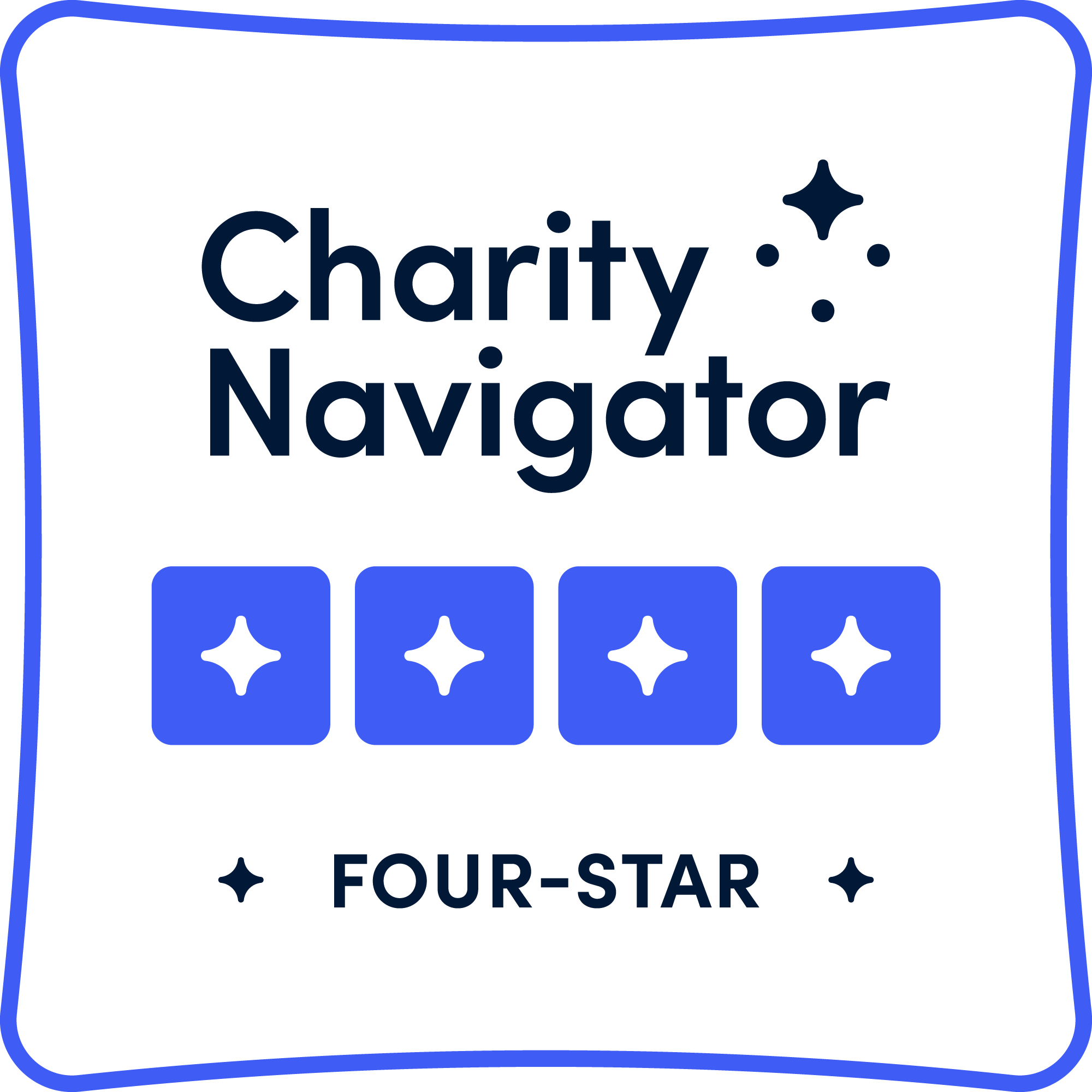Why Collaboratives Need to Think About User Experience
As of November 1, 2020, National Veterans Intermediary (NVI) is called the Local Partner Network. Older content may reference our original name.
Imagine a banking app. If it takes you a dozen clicks to retrieve your account balance, you will wind up with the information you need, but you lost time, had to apply repetitive effort, and may even become frustrated. Sure, the app works. But the user experience is not satisfying.
What is user experience?
Originally, the “user” referred to a person operating a computer, and the “experience” was how that person thought, felt, and behaved while interacting with the technology. Conceptually, user experience has grown to include other products and services in the private sector. A considerable economy has sprung up around the need for products that not only work but feel good to use. Feeling good can involve the user’s comfort, safety, ergonomics, ease of use, and plenty more.
Why does it matter for collaboratives?
You’re a collaborative–you don’t provide a direct service. So why should you think about user experience collectively? Here are three reasons that user experience is a need with a collaborative solution:
1) First interactions are really your first impression. If your client can’t find you (or understand what you do), you can’t serve them.
The network of services for veterans is overwhelming, to say the least. NVI was established, in large part, to encourage this brimming, wonderful, and messy system into a navigable structure.
Your user’s experience begins at their first interaction with you. Increasingly, these first interactions take place online. Search for yourself online–are you easy to find? Good. Is the information accurate and current? Great! If not, take the time to get it updated.
When updating website or social media pages, imagine the user asking: “OK, what now?” If the answer isn’t clear, you probably still need to define a call to action. Pro tip: Ask someone who doesn’t work at your organization review your website and literature to see if they can find what they need and identify a next step.
Consider your phone lines: When someone calls, do they get a recording? Is the recording clear about when you can be reached? Does it state when you can expect a call back? Does your organization encourage folks to call even if they’re not sure they qualify? Be prepared to have a warm handoff or a positive interaction when you say you can’t help.
Improving the first interactions with clients or potential clients increases the likelihood that they’ll remain engaged with the system.
2) Work collaboratively on user experience; veterans view us as a system, and frustrating experiences can reflect poorly on our partners.
It’s important to consider that when accessing multiple services, especially in times of stress or hardship, a veteran may not remember his or her interactions individually. For example, in my three years working with veterans in employment services at the state and nonprofit levels, I was mistaken for a VA caseworker literally one hundred times or more. Because the veterans services system is so overwhelming, there’s a good chance your interaction with a client might get mislabeled in their memory. There’s not a lot we can do about that, but the better our user experience design is, the more positive those memories will be.
Clients will share their experience with others in a forum where you have no opportunity to respond, explain, or polish your reputation. Whether the details are remembered pristinely or lost in the shuffle of other providers–and whether the experience was good or bad–veterans are likely to tell their fellow veterans about their experience with you. You can’t control how they share their experience, but you can make sure any messaging you share with them is clear and easy to remember.
3) Good user experience design is easier and more efficient for you, too.
A veteran who is able to locate and access services early, and who has a positive experience with those services, has already taken successful steps to avoid complications or crisis down the line.
It’s not enough to say a community has a “no wrong door” policy for veteran services. If the user experience isn’t thoughtfully designed beyond the doorway, we may inadvertently send veterans on a dizzying ride through a pinball machine of services.
Each ricochet inside that pinball machine represents effort, time, and money: referring providers, referred providers, intake workers, and administrative workers. Each ricochet also represents a frustrating, jolting redirect for the veteran.
By collaboratively creating an efficient, positive user experience, you save time and duplicate work and avoid unqualified referrals. Collaborative user experience involves warm handoff–not “hot potato.”
Want to learn how to craft a positive user experience?
Check out Public Policy Lab’s “Designing for and with Veterans,” a short publication chronicling the nonprofit’s user experience design collaboration with the Veterans Experience Office. Share what you learn with both your organization and your collaborative, then see who would be interested in conducting some design sprints with you.









